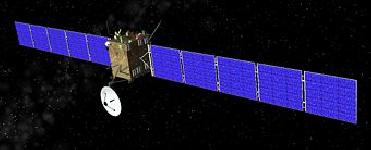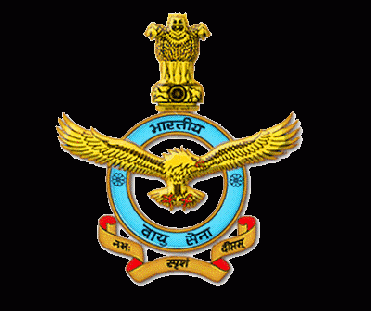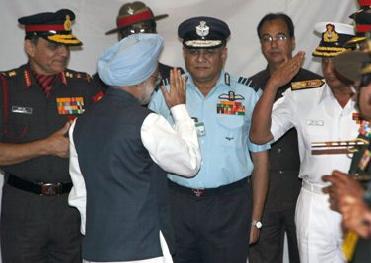
Rosetta is on a 10-year mission to explore comet 67P/Churyumov-Gerasimenko. It will orbit Churyumov-Gerasimenko and make observations for about two years as the comet approaches the Sun.
Rosetta will also release a small lander packed with scientific instruments to make the first-ever landing on the surface of a comet.
Comets
Comets are small, fragile, irregularly shaped bodies composed of a mixture of non-volatile grains and frozen gases. They have highly elliptical orbits that bring them very close to the Sun and swing them deeply into space.
Comet 67P/Churyumov-Gerasimenko is a large dirty snowball that orbits the Sun once every 6.6 years. During this time, it commutes between the orbits of Jupiter and the Earth. However, little is known about it, despite its regular visits to the inner Solar System.
The Mission
The international Rosetta Mission was approved in November 1993 as the Planetary Cornerstone Mission in ESA's long-term space science programme. The mission goal was initially set for a rendezvous with Comet 46 P/Wirtanen. After postponement of the initial launch, a new target was set: Comet 67 P/Churyumov-Gerasimenko. On its 10-year journey to the comet, the spacecraft will also pass by two asteroids.
Rosetta's main objective is to rendezvous with, and enter orbit around, Comet 67P/Churyumov-Gerasimenko, performing observations of the comet's nucleus and coma. During the period that Rosetta orbits the comet, 67P/Churyumov-Gerasimenko will reach the closest point to the Sun in its orbit. A lander, named Philae, will be deployed and it will attempt to make the first-ever controlled landing on a comet.
The Rosetta Mission Operations Centre (MOC) is located at ESOC, Darmstadt, Germany.
 Previous Article
Previous Article Next Article
Next Article












The Indian Air Force, in its flight trials evaluation report submitted before the Defence Ministry l..
view articleAn insight into the Medium Multi-Role Combat Aircraft competition...
view articleSky enthusiasts can now spot the International Space Station (ISS) commanded by Indian-American astr..
view article